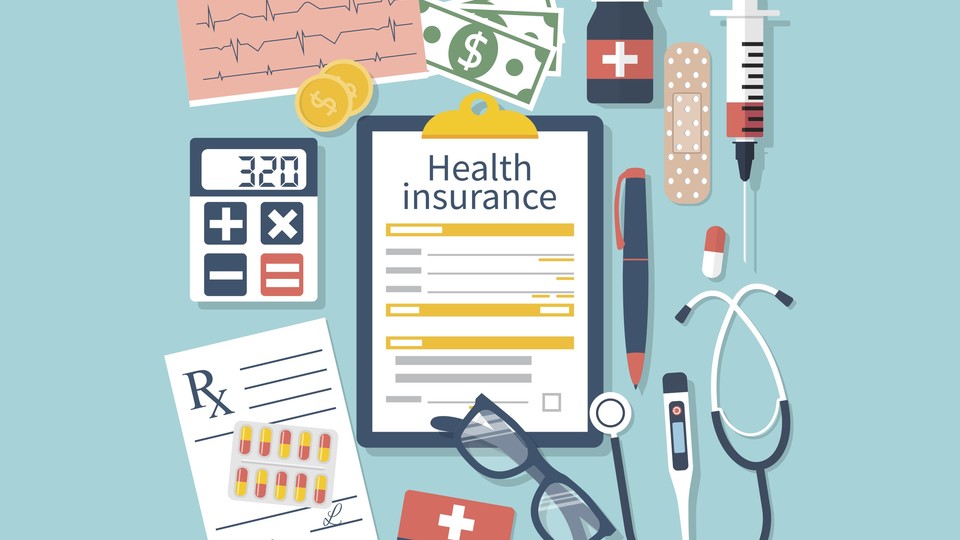
The Obstacles To Safe Abortion Access In The United States.
The United States is one of the only developed countries in the world that doesn’t have laws guaranteeing women access to safe and legal abortions.
Though the Roe v. Wade Supreme Court decision legalized abortion in the United States in 1973, access to safe and legal abortions is still not a reality for everyone. In fact, there are many obstacles in the way of women seeking abortions, including: limited clinic availability, prohibitive costs, and restrictive state laws.
This leaves many women struggling to find a way to terminate a pregnancy safely and legally. The situation is even more difficult for low-income women and women of color.
It’s time we address the barriers to safe abortion access in this country and work to ensure that all women have equal access to this essential health care service.
The barriers to safe abortion services are many and varied, but they can broadly be divided into three main categories: financial barriers, political barriers, and social barriers.
Political Barriers
There are many obstacles to safe abortion access in the United States. One of the biggest obstacles is the fact that abortion availability and accessibility vary by state. In some states, services are restricted or limited, which can make it difficult for women to obtain abortion services.
Many of these restrictions have been enacted in recent years, as the abortion debate has heated up. Some of the most common abortion restrictions in the United States include bans on late-term abortions, bans on public funding for abortions, and mandatory waiting periods.
These restrictions can make it difficult for women to obtain an abortion, especially if they live in a rural area or do not have access to private insurance. In some cases, these restrictions can even put women’s lives at risk.

43 states prohibit abortions after a specified point in pregnancy.
Financial Barriers.
Another obstacle is the cost of abortion services. For many women, abortion is a vital part of health care. However, abortion services can be costly, and this can often be a barrier to access. In some cases, the cost of an abortion can be as much as $1,500. This can be a significant expense for many women, particularly those who are low-income or who live in rural areas.
One major barrier is lack of insurance coverage. In the United States, for example, only 16 percent of private insurance plans cover abortion. This leaves many women without the financial resources to pay for the procedure out of the pocket.

Barriers to accessing safe and respectful abortion include high costs.
Social Barriers
Social barriers include the stigma and shame that is often attached to abortion, which can discourage women from seeking out services even when they are available. Abortion stigma is the negative attitudes and beliefs that society has towards abortion. This can include anything from calling it “murder” to thinking that it’s only an option for lazy or reckless people.
Abortion shame is the feeling of embarrassment, guilt, or worthlessness that someone might feel after having an abortion. This is often caused by the negative attitudes of others, but can also be internalized.
Abortion stigma and shame can lead to isolation, anxiety, and depression. They can also make it difficult to access abortion care or to talk about abortion openly. If we want to reduce the stigma and shame around abortion, we need to start by talking about it more openly.

Social barriers include the stigma and shame that is often attached to abortion.
Harassment And Violence.
Additionally, abortion providers are often subject to harassment and violence. This can make it difficult for women to find a provider they feel comfortable with, and it can also dissuade providers from offering abortion services altogether.
Financial Assistance For Abortion Services.
Abortion funds are important organizations that provide financial assistance to people who want to have an abortion but cannot afford it. According to the National Network of Abortion Funds, abortion can cost anywhere from $500 to $3,000, with the average abortion costing around $1,500.
For many people, this is simply not affordable. Abortion funds help to close this gap by providing financial assistance to those who need it. In addition to providing monetary assistance, abortion funds also offer emotional support and practical resources, such as referrals to abortion providers.
This allows them to provide a holistic level of support to those who need it most. By providing access to both abortion funds and support services, we can help ensure that all individuals have the opportunity to make their own decisions about their reproductive health.
Access To Safe Abortion Services Is a Human Right.
It is clear that there are many obstacles to safe abortion access in the United States. The impact of these obstacles can be devastating for women and their families.
Despite these obstacles, there are organizations and individuals who are fighting for reproductive rights and working to ensure that everyone has access to safe abortions.
Dr James S Pendergraft | Orlando Women’s Center | Abortion Pill Clinic | Articles On Abortion


Leave a Reply